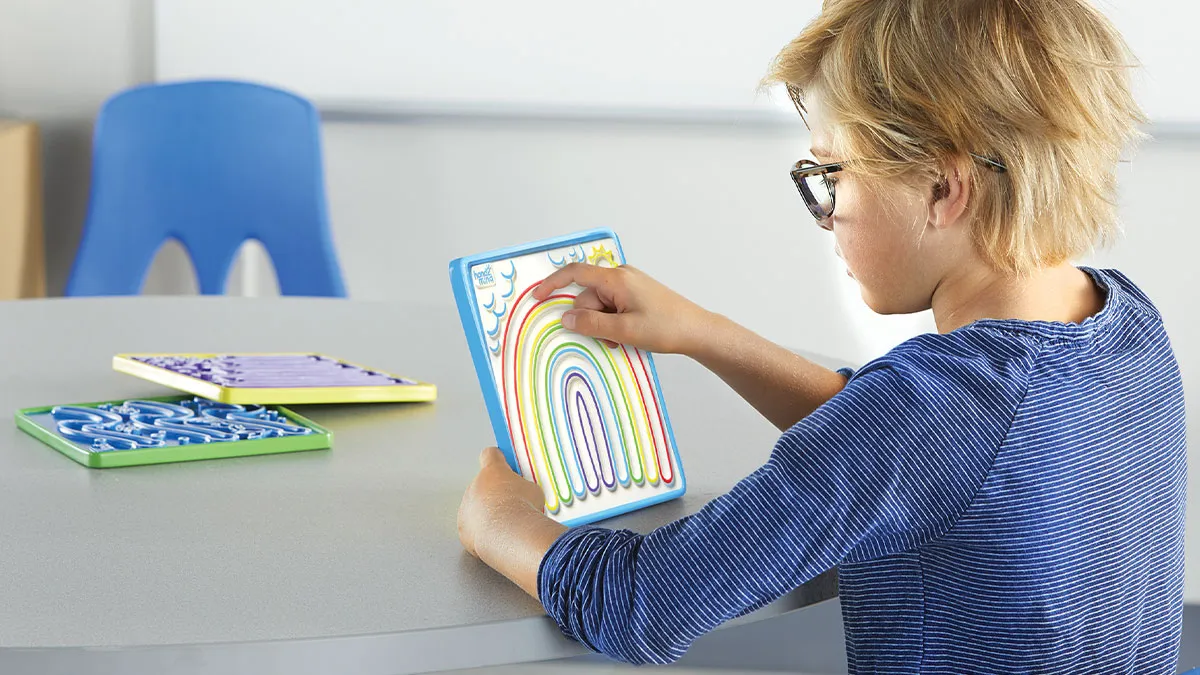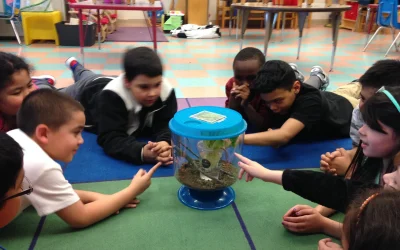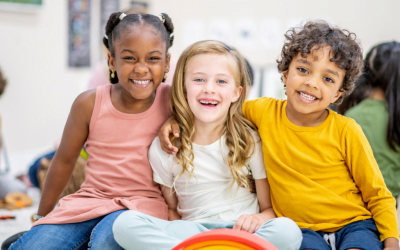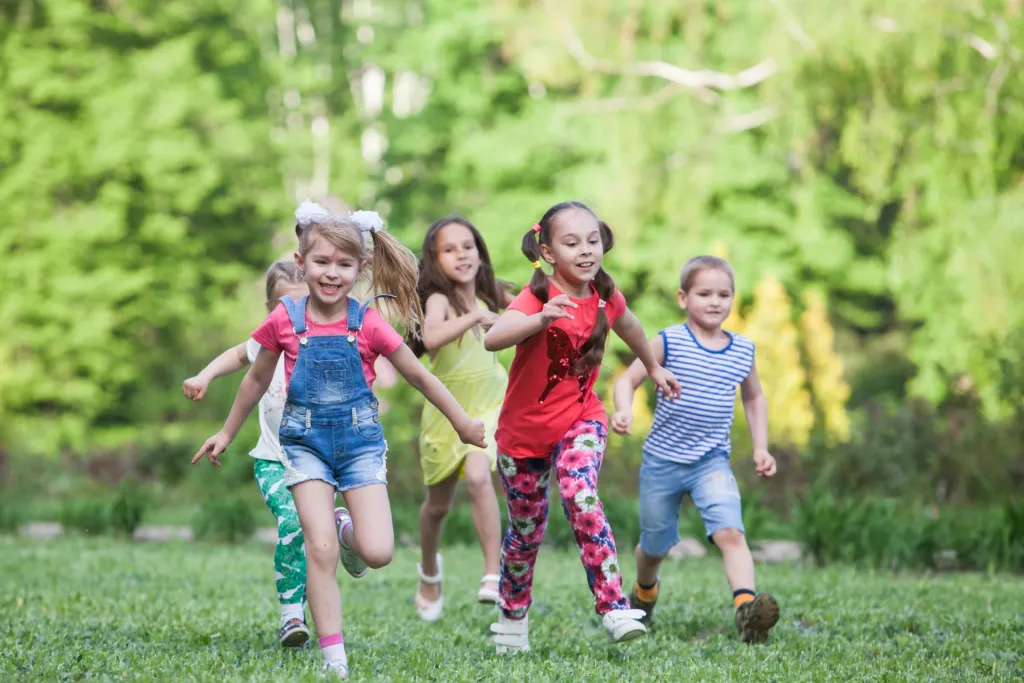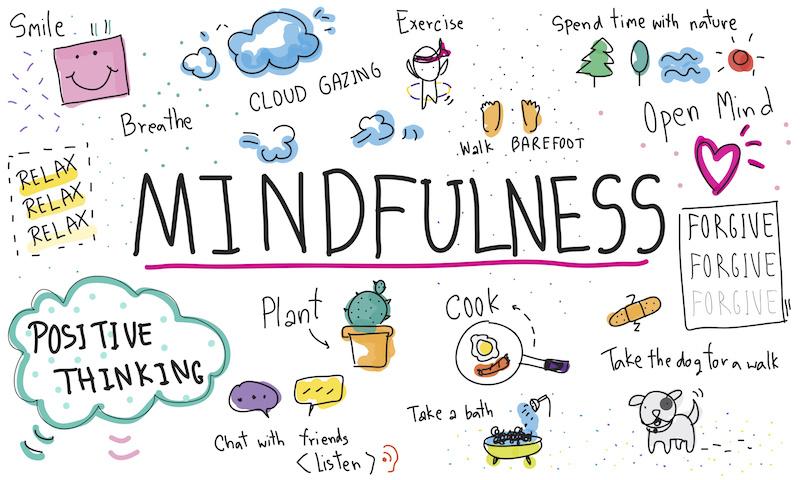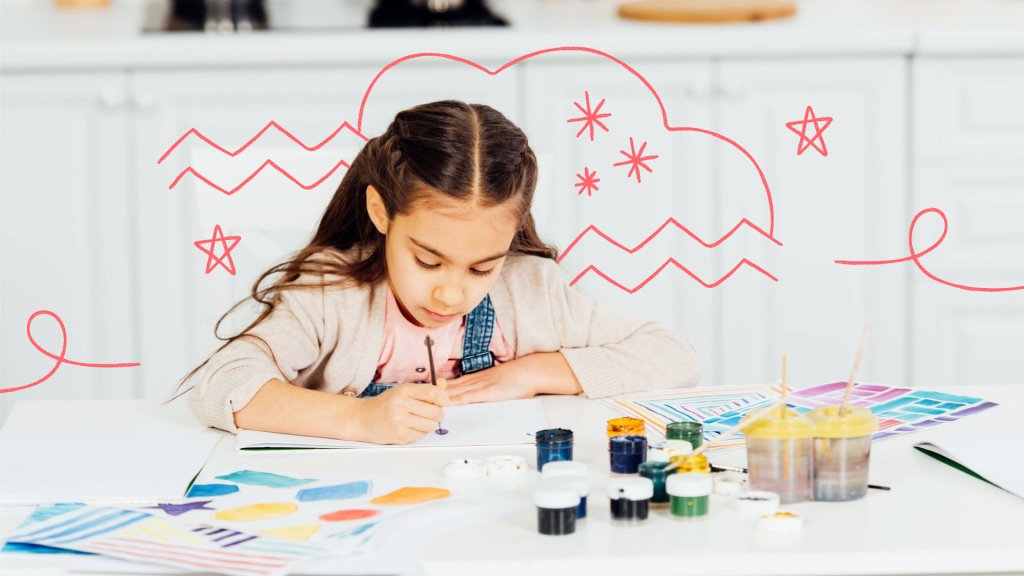Discover best practices for effectively teaching mindfulness to children and teenagers. Learn how to create engaging mindfulness sessions that resonate with young minds.
Table of Contents
Teaching Mindfulness to Children and Teens: Best Practices
In today’s fast-paced world, the constant stimulation and pressure can be overwhelming for everyone, especially children and teens. Mindfulness, the practice of paying attention to the present moment without judgment, offers a powerful tool to help them navigate stress, anxiety, and emotional challenges.
Benefits of Mindfulness for Children and Teens:
- Reduced stress and anxiety: Mindfulness helps children and teens develop coping mechanisms for managing difficult emotions, leading to calmer and more resilient individuals.
- Improved focus and attention: Mindfulness practices enhance concentration and focus, aiding them in academics and daily tasks.
- Increased self-awareness: Children and teens learn to better understand their thoughts and feelings, promoting emotional intelligence and empathy.
- Enhanced sleep quality: Mindfulness techniques can calm the mind before bed, leading to sounder and more restful sleep.
- Positive relationships: Through mindful communication and emotional regulation, children and teens can build stronger and healthier relationships with peers and adults.
Best Practices for Teaching Mindfulness to Children and Teens:
- Make it Fun and Engaging: Ditch the boring lectures and embrace playfulness! Use games, activities, and stories to introduce mindfulness concepts. For example, play a “listening game” where they focus on different sounds in the environment, or create mindfulness jars filled with calming objects to observe.
- Start Small and Simple: Begin with short, age-appropriate exercises, like mindful breathing or body scan meditations. Gradually increase the duration and complexity as they become more comfortable.
- Lead by Example: Children are keen observers, so model mindfulness practices in your own daily life. Show them how you use deep breaths to calm down or take mindful walks in nature.
- Focus on the Senses: Engage their senses in mindfulness activities. Have them smell scented flowers, listen to calming music, or taste different foods mindfully, paying attention to the textures and flavors.
- Incorporate Movement: Combine mindfulness with movement through yoga poses, gentle stretching, or mindful walks. This can release energy and make mindfulness more engaging for active children.
- Create a Supportive Environment: Foster a safe and welcoming space where children and teens feel comfortable expressing their emotions without judgment. Encourage open communication about their experiences with mindfulness.
- Be Patient and Consistent: Remember, mindfulness is a skill that takes time and practice to develop. Be patient, celebrate their progress, and encourage them to keep practicing, even when it’s challenging.
Additional Resources:
- Mindful.org: https://www.mindful.org/
- The Art of Breathing: https://www.theartofbreathing.com/
- GoNoodle: https://www.gonoodle.com/
- Cosmic Kids Yoga: https://cosmickids.com/watch/
- Headspace for Kids: https://www.headspace.com/meditation/kids
By incorporating these best practices, you can help children and teens cultivate a lifelong practice of mindfulness, equipping them with valuable tools to navigate life’s challenges and lead happier, healthier lives. Remember, even small steps towards mindfulness can make a big difference!
I hope this article has been helpful. Please let me know if you have any other questions.

